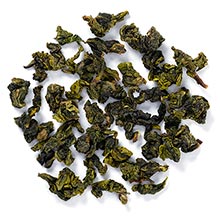Beginner's Guide to Tasting Tea: Muscat, Floral, Grassy, and more
by Jessica Maciuch
January 25, 2022

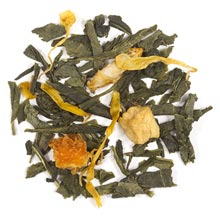
For flavored teas, it's much more straightforward. If a flavored tea says that it's supposed to taste like lemon meringue, then it's probably a safe bet that the tea has some lemon flavoring in it. But what do those descriptors mean for traditional (i.e. unflavored) teas? In those cases, each one of those descriptors are actually tasting notes.
Tasting notes are descriptive terms that allow tea-tasters to articulate the flavor profile of a particular tea in terms of the range of flavors that tea leaves can produce.
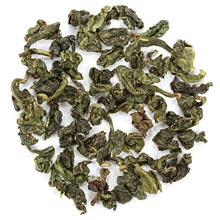
For example, a delicate Jade Oolong will taste more floral than a hearty Irish breakfast, even if Jade Oolong doesn't exactly taste like flowers to you.
If it still seems a little abstract, don't worry! There's no need to fret over being able to perfectly identify the flavor profile of a cup of tea, unless you're planning a career change into professional tea tasting.
Ultimately, tasting notes are meant to help you describe the experience of drinking a beautifully complex cup of tea, and identify the qualities that make a tea particularly enjoyable for you!
What Tasting Notes Really Mean
So let's get into the nitty-gritty of it. What does it actually mean to say that a traditional tea, like this wonderful Fujian Rain Oolong for example, has peach-honey notes and a mineral rock taste?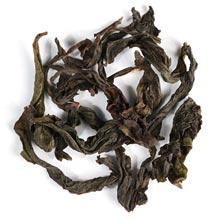
Chances are that drinking this tea won't taste the same to you as biting into a fresh peach, and it definitely won't be comparable to licking a rock (which I don't particularly recommend). When an experienced tea-taster says that a tea has notes of peach, what they usually mean is that the tea has certain dimensions, or levels, of natural sweetness, acidity, or aromatic components--that most closely resemble that of a peach. In some cases, the similarity in taste can actually be attributed to one or two naturally-occurring chemicals that are shared between tea leaves and the similar-tasting food item.
An example would be the umami flavor in many Japanese green teas, which has been attributed to high levels of L-glutamate (you might already be familiar with the taste of glutamate in the form of monosodium glutamate, or MSG). However, the unique taste of any food or drink is usually the cumulative effect of dozens or even hundreds of chemicals, so it's difficult to say that any tea containing X flavor molecule will taste like Y.
Perhaps the best way to conceptualize tasting notes is like a memory-matching exercise. To identify a tasting note, focus on one aspect of a tea's taste that sticks out to you, and sift through your memory of all the tastes and smells you are familiar with to find the one that is closest to what you're experiencing.
Remember, it won't be exactly 1:1 unless the tea has a specific flavoring, it won't taste exactly like the tasting note.
Think of it more like using metaphors instead of direct comparisons.
The goal is not to say "this tea tastes exactly like if you put peaches and rock minerals in a blender" (which I would also not recommend), but rather to say "this tea has qualities of sweetness and fruitiness I've tasted in fresh peaches, and a mineral-y quality that reminds me of the smell of wet stones."
How to get Familiar with Tasting Notes
If you're trying to build up your palate, the best way to go about it is simply to try teas that strongly feature a particular tasting note. To really help you identify individual tasting notes, you can try a comparative tasting! Challenge yourself to identify what's similar between teas that all have the same tasting note, and what's missing in teas that do not have that tasting note. It might help to keep a journal to write down notes for each tea you sample.
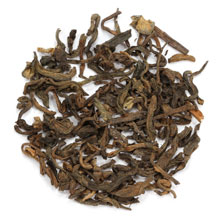
Earthy
Fresh earth, mushroom, forest floor, wet leather. Characteristic of fermented (pu erh) teas.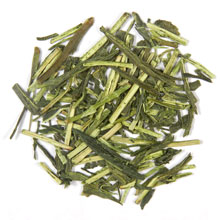
Grassy
Fresh, leafy, reminiscent of the smell of fresh-cut grass. Characteristic of Japanese green teas, especially matcha.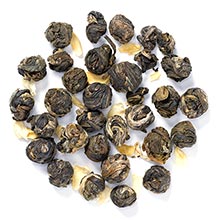
Floral
Delicate and perfume-y. Reminiscent of fresh-cut flowers. Sometimes used to describe teas with floral additives (i.e. jasmine flowers). Characteristic of green oolongs and white teas.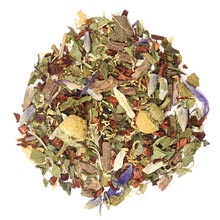
Herbaceous
Sharp, medicinal, reminiscent of pine needles. Sometimes refers to blends containing mint or other dried herbs. Characteristic of yerba mate and herbal blends.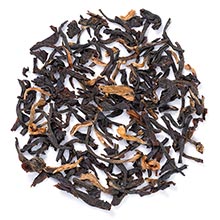
Malty
Flavor associated with fermented grains. Yeasty, molasses/caramel sweetness, reminiscent of beer and whisky. Characteristic of Assam black teas.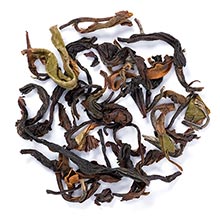
Muscat
The flavor of grapes used in winemaking, usually white wines made from Muscat grapes. Characteristic of Darjeeling teas.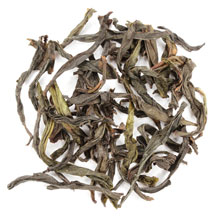
Mineral
Crisp, rocky, metallic, reminiscent of wet stone, petrichor scent. Characteristic of Wuyi dark oolongs.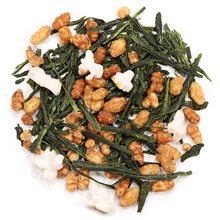
Nutty
Savory, toasted, umami, sesame, popcorn. Characteristic of genmai cha (containing toasted rice) and pan-fired Chinese greens.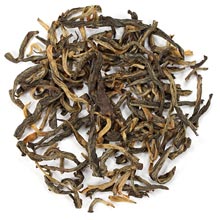
Pepper
Spicy heat reminiscent of peppercorn. Sometimes refers to blends containing peppercorns. Characteristic of several Chinese black teas.